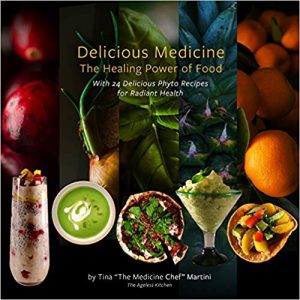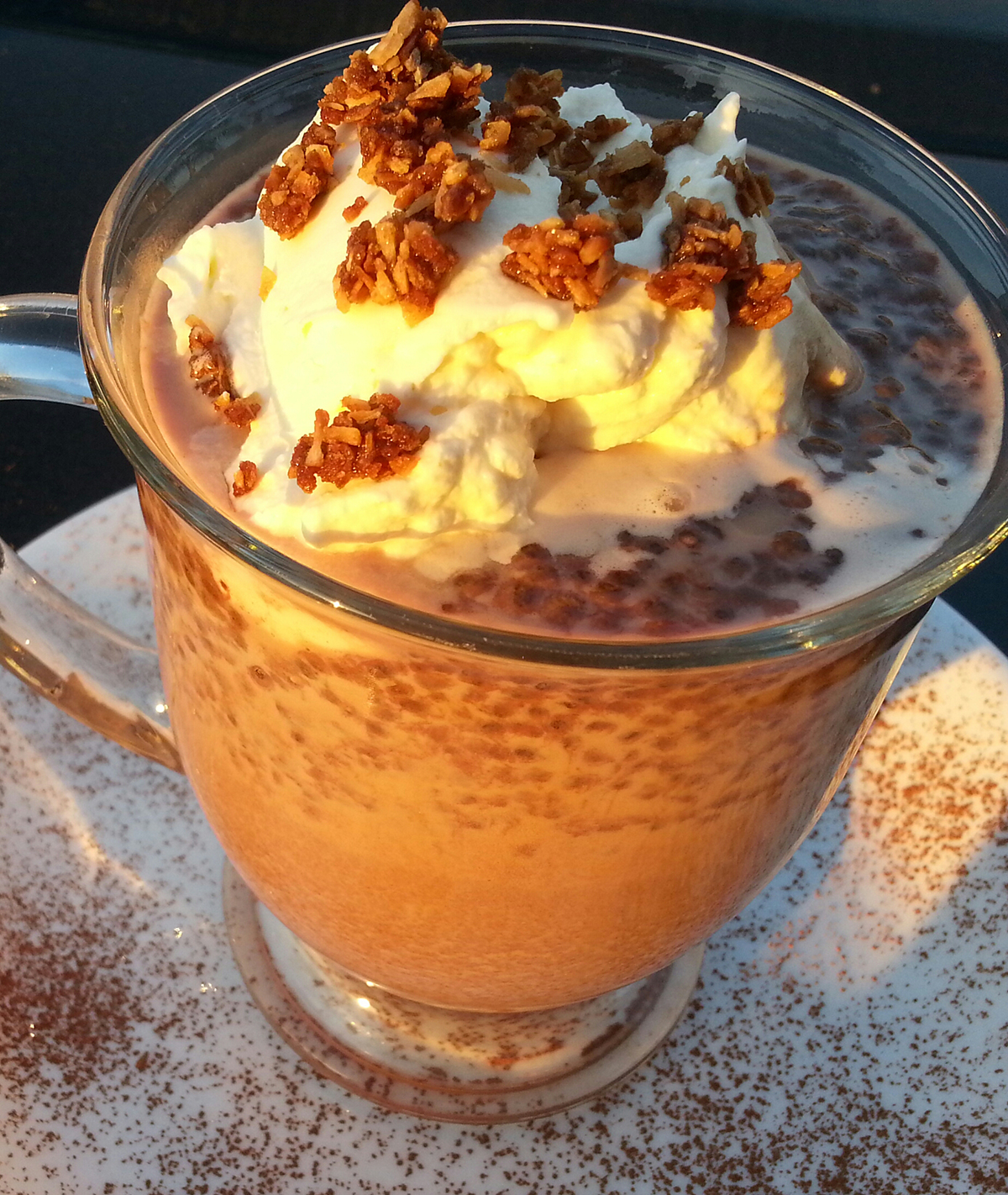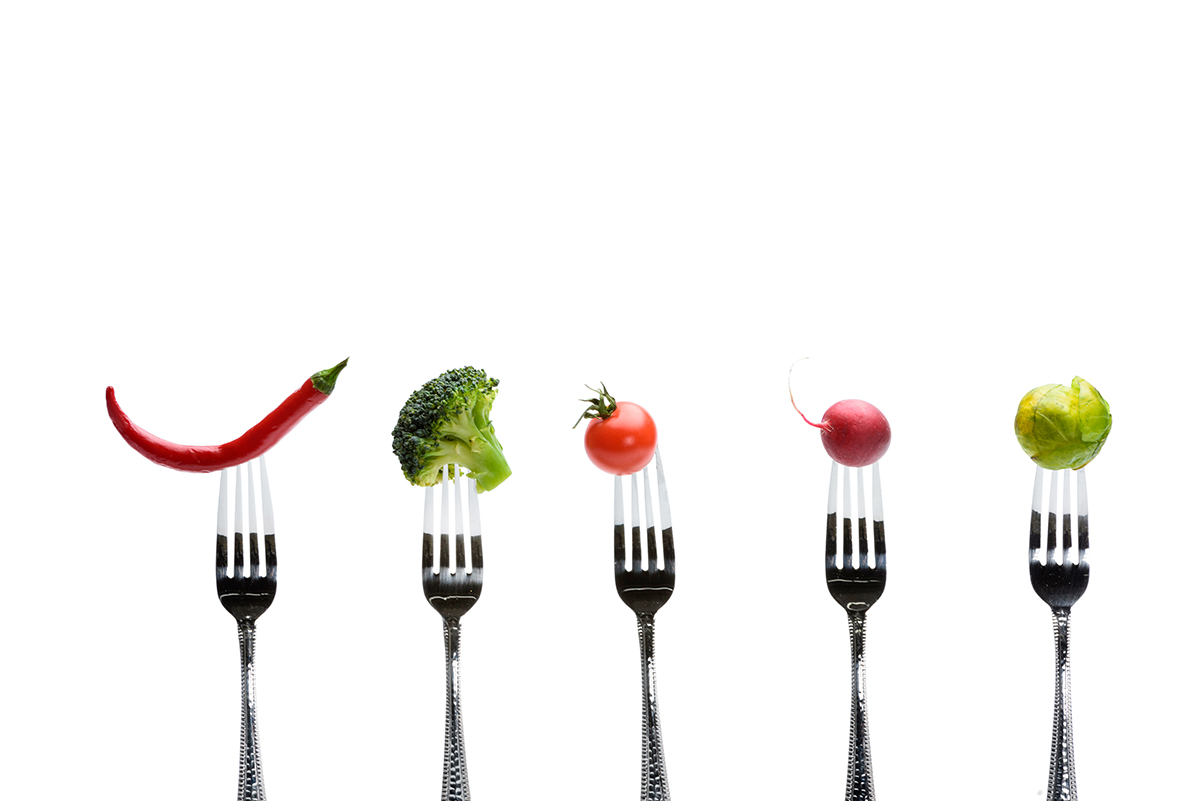Food, Anxiety & Athletes: A Troublesome Trio
As I write this column, the date is April 10th, 2020, three weeks into the coronavirus shut-down here in Boston. I continue to counsel clients from my virtual office. I am talking with gym rats and athletes alike who are stuck at home, hating what they see when staring at themselves during Zoom meet-ups, and are spending too much time fighting with food (Do I eat? Don’t I eat? Am I hungry—or just bored?). They are feeling anxious and self-critical.
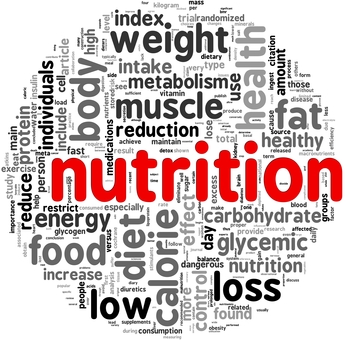 When life feels out of control, athletes commonly end up trying to control other things, such as food, exercise, and weight. Some may be striving to chisel themselves into a perfect body (no excess body fat) and eat a perfect diet (no fun foods). Unfortunately, the same dedication and discipline that help them be top athletes are the same traits that foster eating disorders. For example, perfectionism is common to both athletes and people with anorexia. How else could figure skaters or gymnasts rise to the elite level without demanding perfection from themselves?
When life feels out of control, athletes commonly end up trying to control other things, such as food, exercise, and weight. Some may be striving to chisel themselves into a perfect body (no excess body fat) and eat a perfect diet (no fun foods). Unfortunately, the same dedication and discipline that help them be top athletes are the same traits that foster eating disorders. For example, perfectionism is common to both athletes and people with anorexia. How else could figure skaters or gymnasts rise to the elite level without demanding perfection from themselves?
Yes, discipline, dedication, and perfectionism are driving forces that help good athletes become great. But genetics is fundamental, as is adequate—but not necessarily perfect—fueling. That is, eating a cookie will not contaminate an athlete’s health nor ruin one’s ability to perform well.
If you are relentlessly pushing yourself hard right now out of fear of getting fat and losing fitness, please consider being gentler on yourself. This is a difficult time for many folks. Little is wrong with a bit of comfort food in the midst of chaos and crisis. Perhaps you can allow yourself to be “bad” and do something out of character, like bake cookies and enjoy some for an afternoon snack. Giving yourself permission to enjoy some comfort food is normal, assuming you also have other coping skills, such as writing in a journal and relaxing yourself with yoga.
When food has power over you
If you are spending too much time trying not to eat (Fill in the blank) ____ (cookies, cheese, ice cream, chips?) because you can’t eat just one serving, think again. Depriving yourself of your favorite foods makes them even more enticing. They can needlessly become too powerful. To take the power away from a “binge food,” you need to eat it more often. (Trust me!) Here’s the analogy:
Pretend you are caring for a four-year-old boy. You take him into a room filled with toys and tell him he can play with all of the toys except for the green truck. You leave the room and then look through the two-way mirror. What is he playing with? The green truck, of course! The same analogy holds true with food.
If you give yourself permission to eat, let’s say, some Oreos every day, after a few days, you’ll either have little interest in yet-another Oreo (because other foods actually make you feel better) or you will be able to eat just one Oreo; it will no longer have power over you. Yes, to gain control over foods that have power over you, you have to allow the food back into your life and eat it more often. Be curious; give it a try.
When the mirror makes you feel sad
Are you spending too much time these days critically evaluating your body in the mirror? Or hating what you see in the Zoom meet-up? Please, just, stop the body-hatred talk. Few humans have a perfect body. The imperfections you see are perfectly beautiful and acceptable.
Instead of being self-critical, be grateful that you are healthy. Grateful that you have two strong legs that help you be a good runner. Grateful that you have two hands that help you row crew. Grateful that you have a body that produced healthy babies that are now your beloved children. You could even apologize to your body for having tortured it with skimpy diets and excessive exercise in your efforts to control how it looks.
Rather than focus on how your body looks, turn your attention to how your body feels throughout the day, particularly before, during and after you exercise. Does your body feel hungry? Tired? Sore? Respond appropriately to that feeling by nourishing it with food, rest, a warm bath. Daily killer workouts that feel like punishment for having excess body fat inevitably end up with the athlete being injured and depressed.
Now is a good time to practice looking in the mirror (or the Zoom screen) and saying nice things about your body, such as, “I have pretty blue eyes.” “I like my silky hair.” “I have strong legs.” You can intentionally pay less attention to the crooked teeth, frizzy hair, and “too big” tummy. Do you really think others care about that stuff?
Note: For more information on making peace with your body, visit RealFoodWholeLife.com, JessieHaggerty.com, and Julie Duffy Dilllon’s podcast Love, Food.
 When mindless eating gets out of control
When mindless eating gets out of control
If you find yourself grazing on snacks incessantly throughout the day and have fears about getting fat, try scheduling regular meals and snacks. Also give yourself permission to eat enough breakfast and lunch, so that you are fully satiated. Don’t stop eating those meals just because you think you should but rather because you actually have had enough to eat. Athletes who graze all day rarely feel fully fed.
Hunger is a physiological request for fuel. Hunger does not mean “Oh no, I’m going to eat and get fat. Rather, hunger is your body’s way of saying it has burned off what you fed it and now needs more fuel. Yes, food is fuel, not the fattening enemy. Honor hunger.
Another way to bring control to your eating is to eat only when 1) you are sitting in a specific place (kitchen table?), 2) the food is on a plate, and 3) you are tasting it mindfully. (i.e. you are not standing in front of the open cupboard, wolfing down handfuls of chocolate chips.)
My hope is the above tips will help you find peace with food and your body. Enjoy food for nourishment and survive the coronavirus shut-down with sanity.
Boston-area sports nutritionist Nancy Clark, MS, RD CSSD counsels both casual and competitive athletes, helping them eat to win. The new 6th edition of her Sports Nutrition Guidebook is a best-selling resource. For more information, visit NancyClarkRD.com.


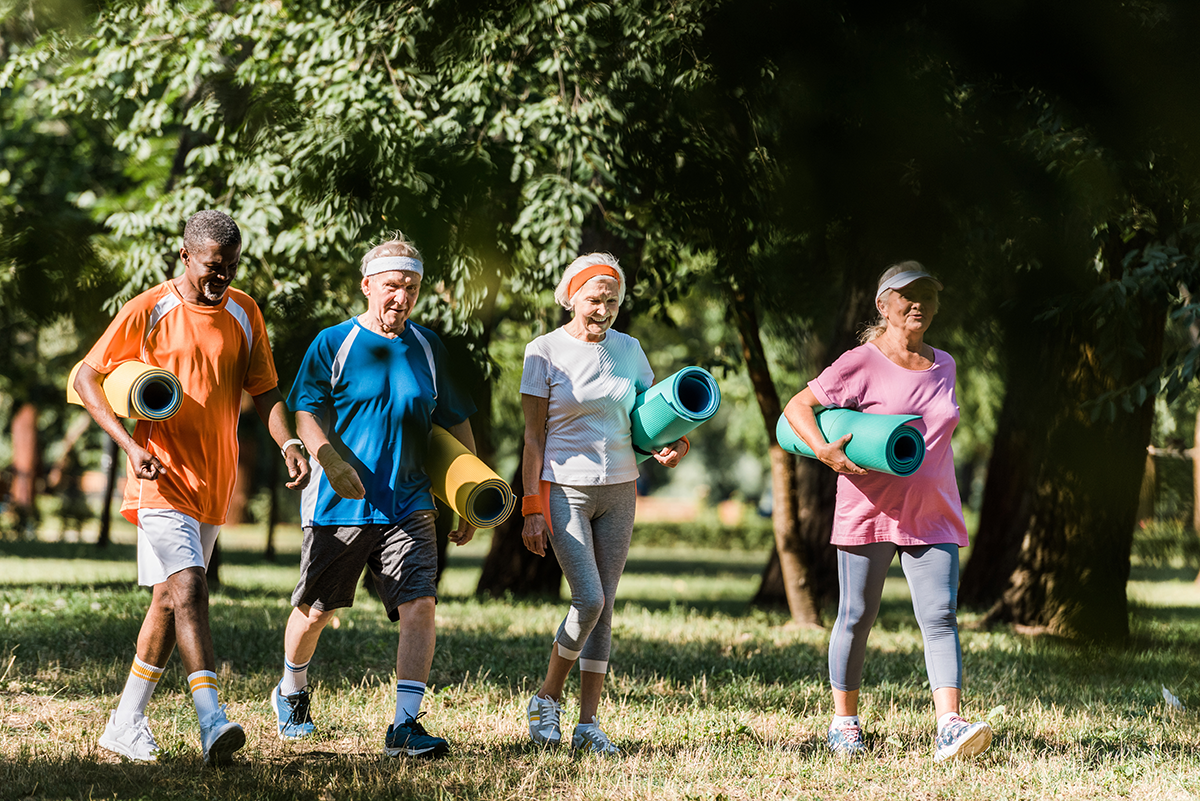 Healthy Lifestyle?
Healthy Lifestyle?
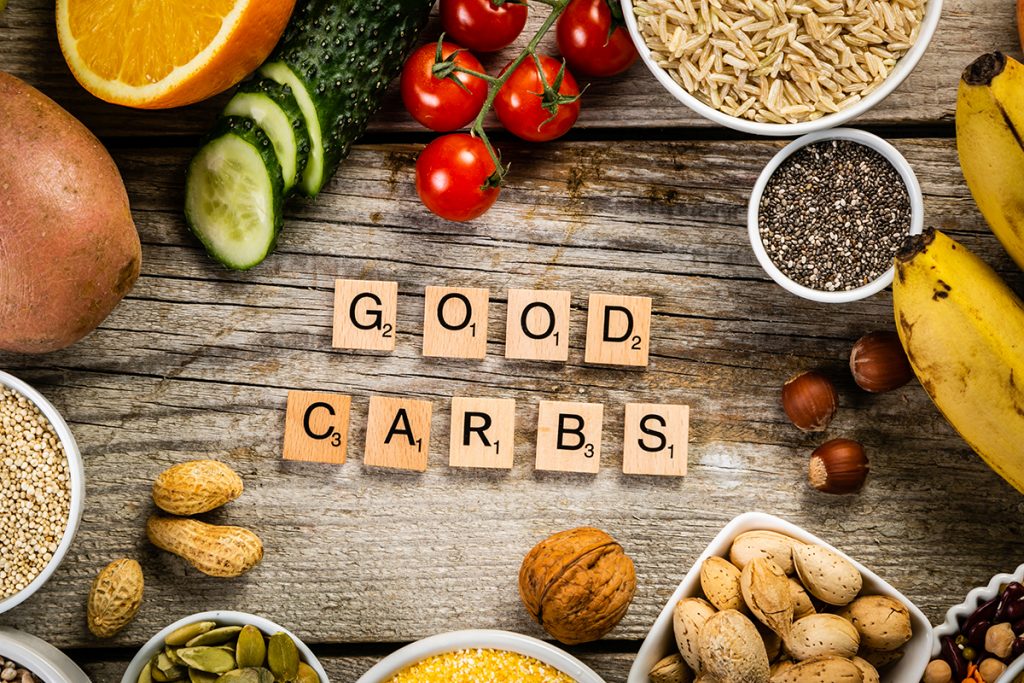 We have all heard trendy comments about carbs: They’re a waste of calories, sugar is evil. Fact? No…
We have all heard trendy comments about carbs: They’re a waste of calories, sugar is evil. Fact? No…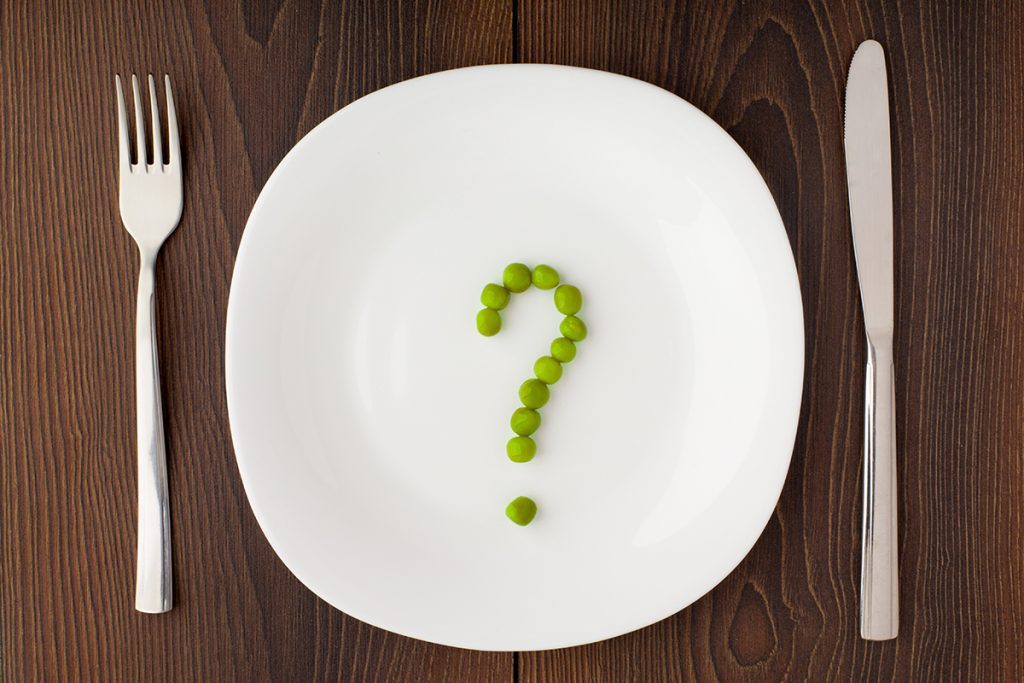

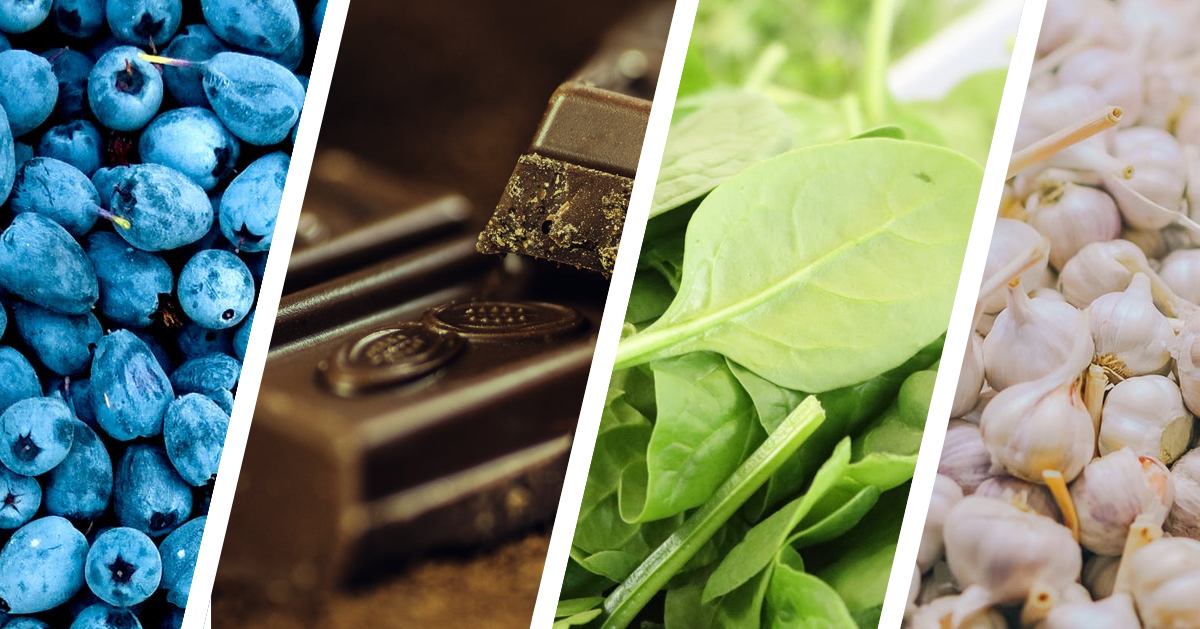

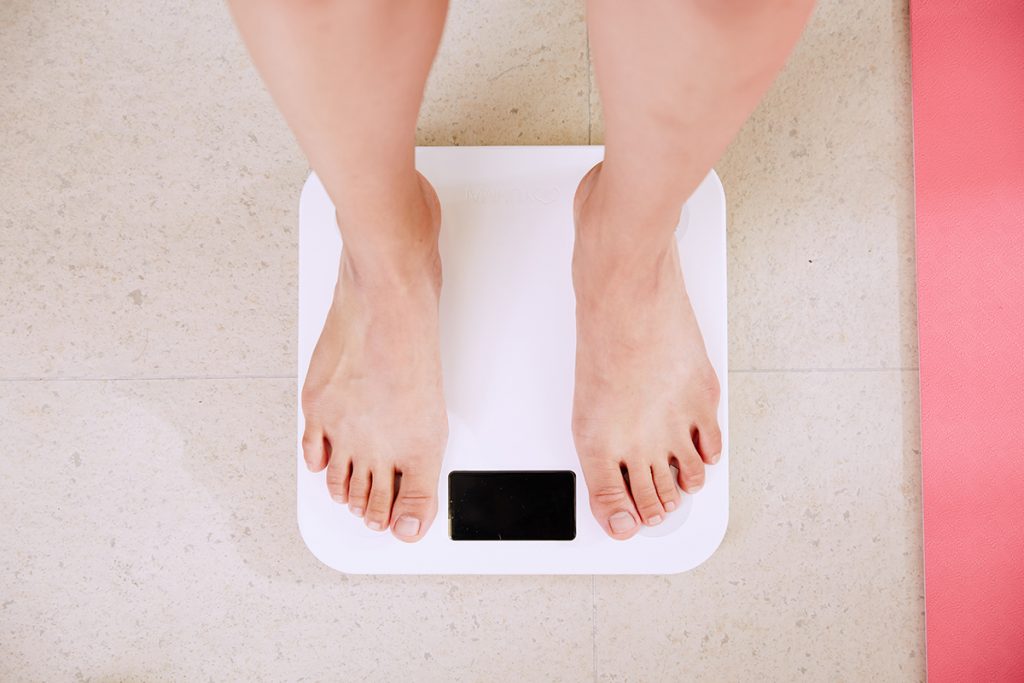 Research reveals health dangers of weight cycling
Research reveals health dangers of weight cycling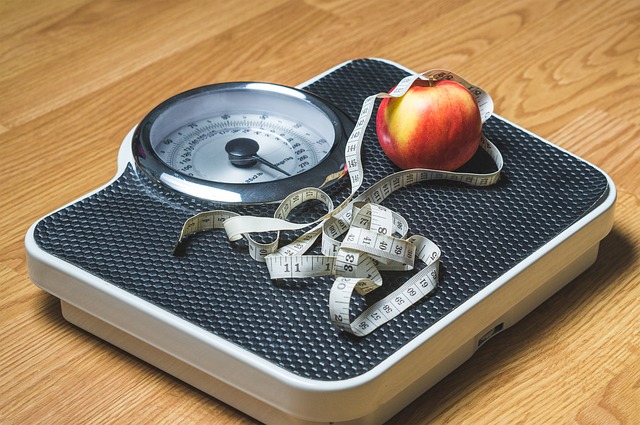 How to avoid weight cycling
How to avoid weight cycling
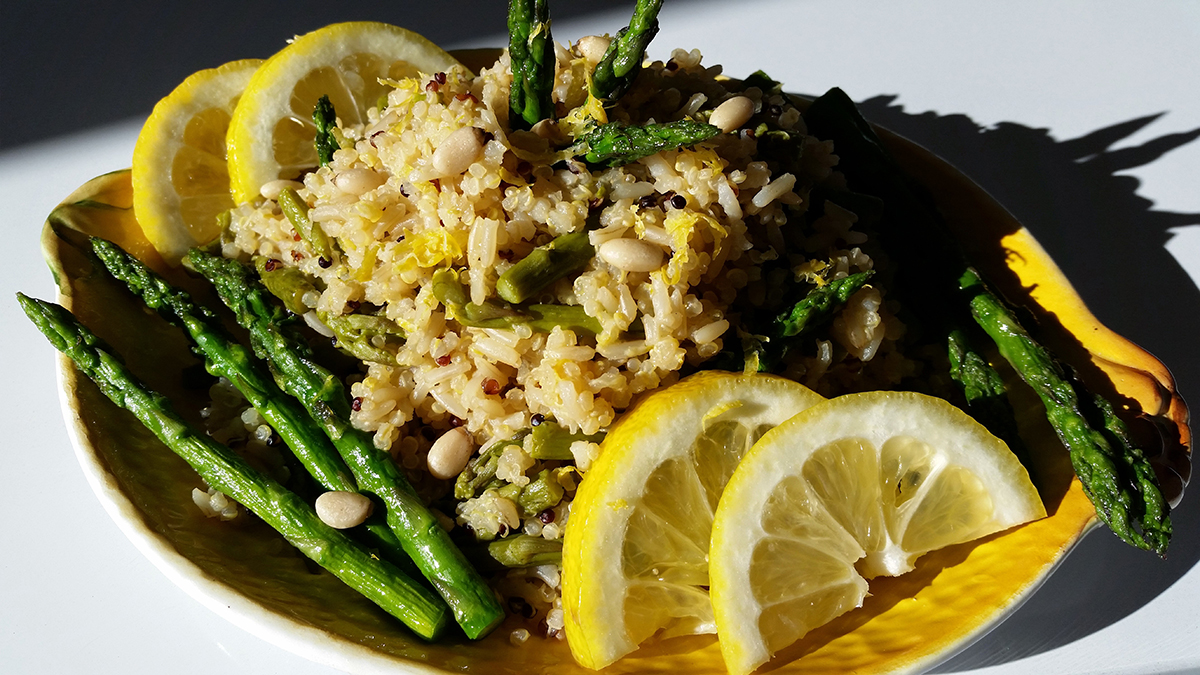
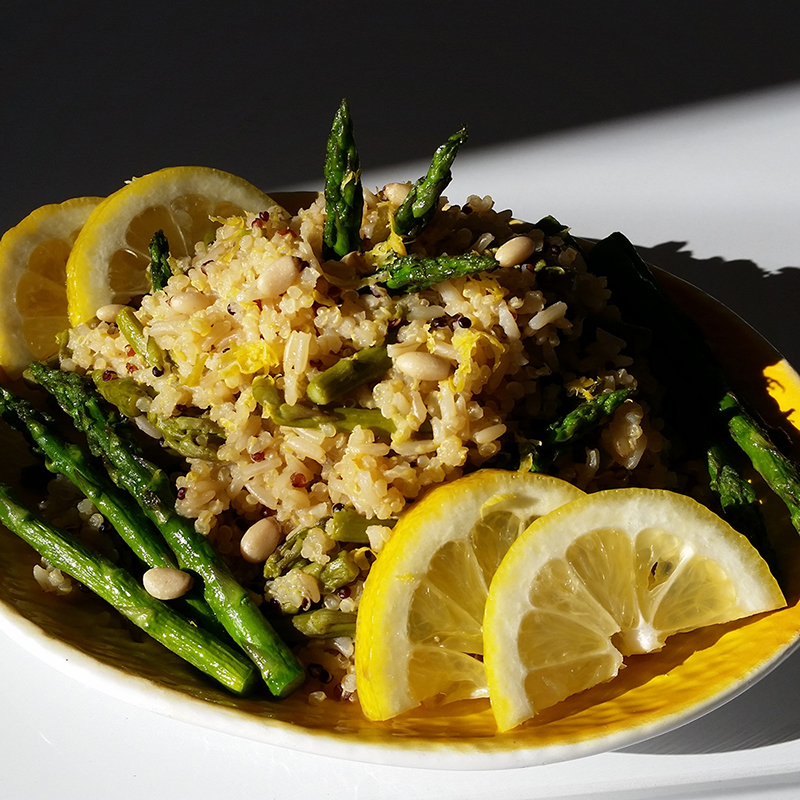 Wash and dry asparagus. Nature will tell you where to remove the fibrous part of the spear. By holding the spear, one end in each hand, begin to bend the asparagus into an arch. The spear will snap at just the right spot; no guesswork involved. Do this until all spears are free of these inedible ends.
Wash and dry asparagus. Nature will tell you where to remove the fibrous part of the spear. By holding the spear, one end in each hand, begin to bend the asparagus into an arch. The spear will snap at just the right spot; no guesswork involved. Do this until all spears are free of these inedible ends.